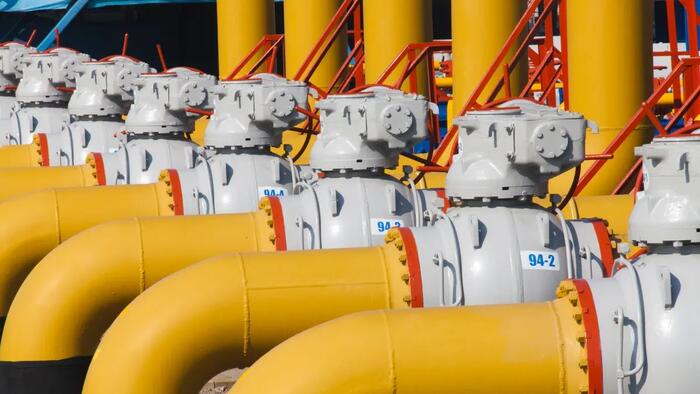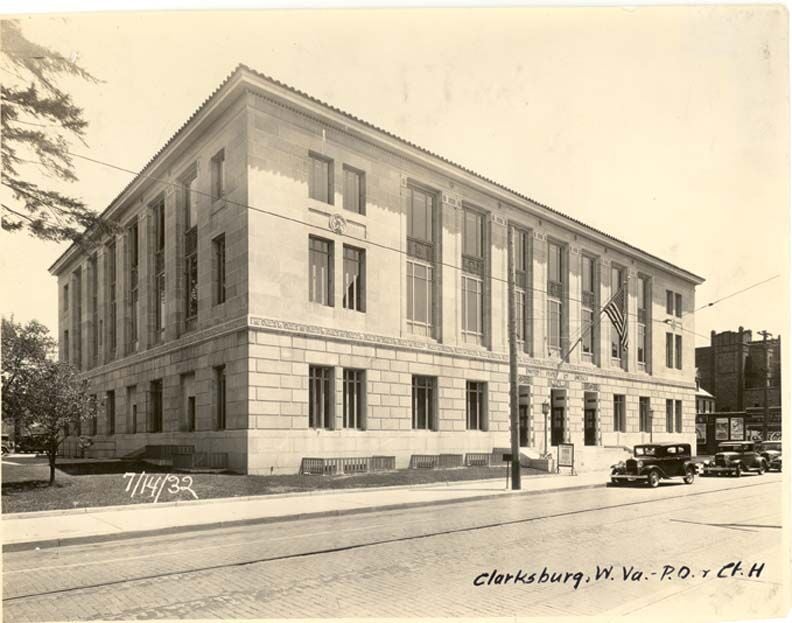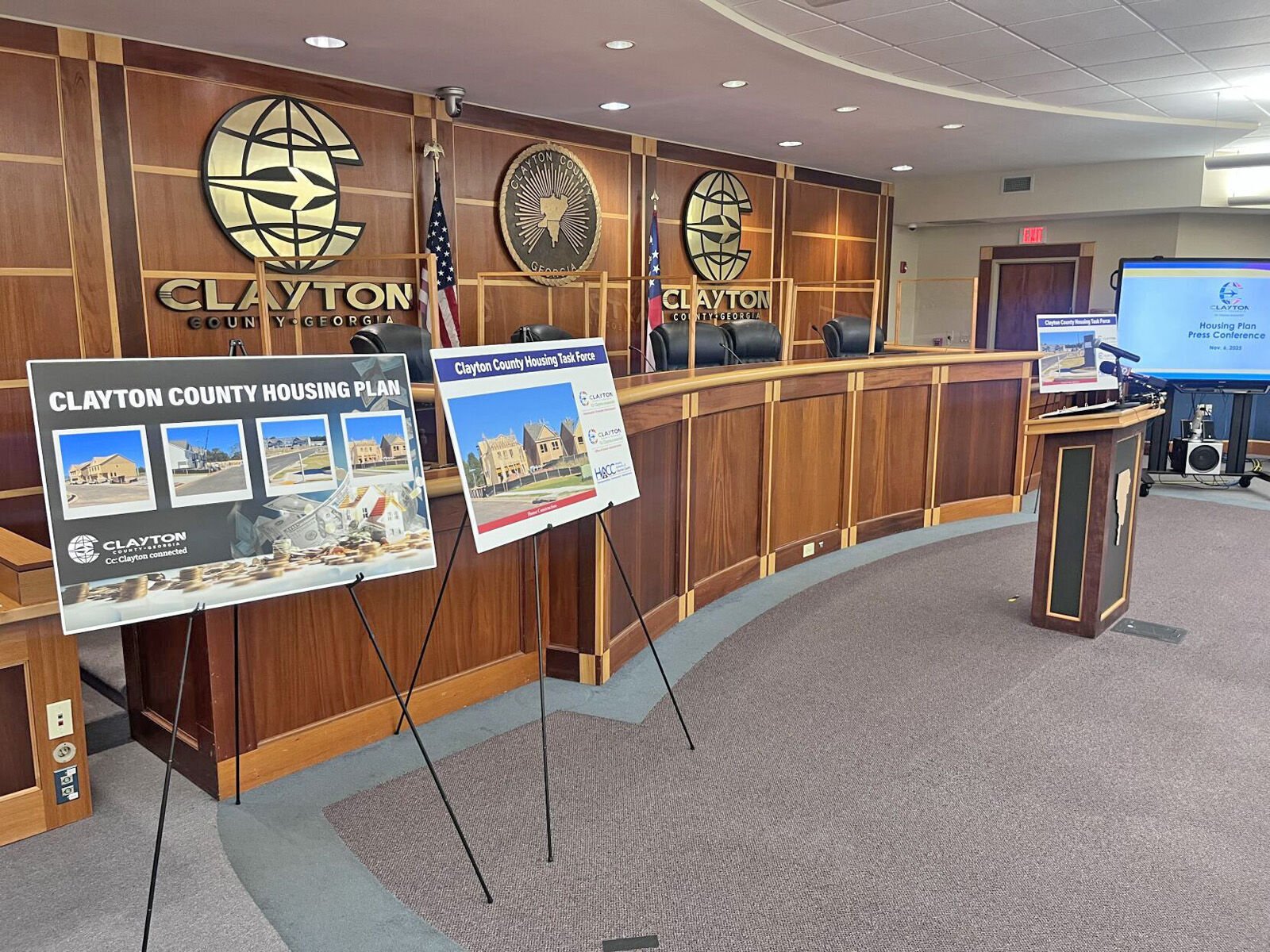A new report from the National Association of Regulatory Utility Commissioners highlights the urgent need for expanded natural gas infrastructure and storage to bolster America’s electric grid reliability. Facing mounting energy demands and the specter of severe winter storms, NARUC offers nine recommendations to enhance coordination between gas and power sectors.
US Needs More Gas Infrastructure, Storage To Support Electric Grid: NARUC

Key Takeaways:
- Additional natural gas pipeline infrastructure and storage are essential to ensure reliability.
- Harmonizing the gas and electric sectors is key, especially during extreme weather events.
- Winter storms in 2021 and 2022 underscored how disruptions in gas supply can trigger widespread power outages.
- NARUC did not endorse forming a new Gas Reliability Organization.
- Force majeure contract changes were deemed unnecessary by the task force.
NARUC’s Call for More Gas Infrastructure
A recently published report by the National Association of Regulatory Utility Commissioners (NARUC) underscores the importance of strengthening America’s natural gas pipeline system and expanding available storage. Without these enhancements, the electric grid—dependent on gas for peak generation—remains vulnerable.
Why Coordination Matters
NARUC’s Gas-Electric Alignment for Reliability (GEAR) task force stresses that policies must reflect the interconnected nature of energy services. According to the report, “The need for harmonization is crucial, regardless of one’s long-term perspective about future energy policy.” A lack of alignment has, at times, already hindered generation capacity.
Lessons from Winter Storms
Two recent storms illuminate the scale of the risk. “During Winter Storm Uri in February 2021, some Texas electric companies cut power to gas production and transportation facilities,” the report reminds readers. This spurred shortages that contributed to blackouts and led to nearly 250 fatalities in the state. Similarly, during Winter Storm Elliott in 2022, “unplanned generator outages reached 90,500 MW,” and gas supply issues accounted for a fifth of those problems.
Task Force Recommendations
The GEAR group issued nine main recommendations, advocating for additional gas infrastructure, new storage opportunities, and coordinated planning across the two sectors. NARUC also called for better market tools to bolster supplier performance when temperatures plummet. Still, the task force deemed significant changes to standard force majeure contract provisions “neither viable nor productive.”
Industry Perspectives and Economic Factors
A coalition of energy industry groups referred to as the Reliability Alliance praised the report’s findings, stating that “The biggest challenge affecting interoperability across the systems is not operational; it is economic.” Despite some support for a formal Gas Reliability Organization, GEAR members concluded it was “unnecessary or not the best means to efficiently enhance gas-electric reliability.”
In light of unprecedented weather events and the growing demands on America’s grid, NARUC’s new report offers a roadmap to fortify energy infrastructure in pursuit of a more resilient future.











